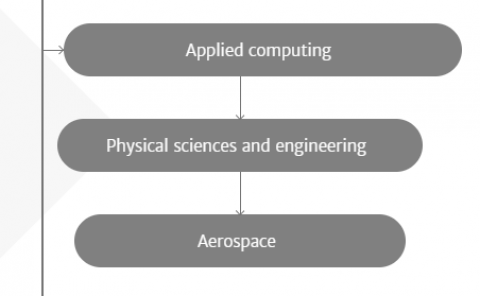A study of cybersickness and sensory conflict theory using a motion-coupled virtual reality system
PubDate: Jan 2020
Teams: The University of Hong Kong
Writers: Adrian K.T.Ng;Leith K.Y.Chan;Henry Y.K.Lau
PDF: A study of cybersickness and sensory conflict theory using a motion-coupled virtual reality system

Abstract
Sensory conflict theory explains that motion sickness in virtual reality (VR) systems can be caused due to the mismatch between visual and vestibular senses. This study examines whether coupling physical motions to visual stimuli in VR could reduce this discomfort. A motion-coupled VR system developed on a motion platform, providing vestibular cues to supplement visual roll from a head-mounted display (HMD), was used. Three conditions were tested: visual rotation only (stationary), visual-physical motion synchronised (synchronous), and vestibular motion with a self-referenced visual environment. Results show that when users are placed under a visual-vestibular synchronised condition, their subjective miserable score of cybersickness decreased while their comfort level of the overall experience increased. This indicates that a motion-coupled system, if integrated seamlessly in VR, could mitigate cybersickness symptoms.


